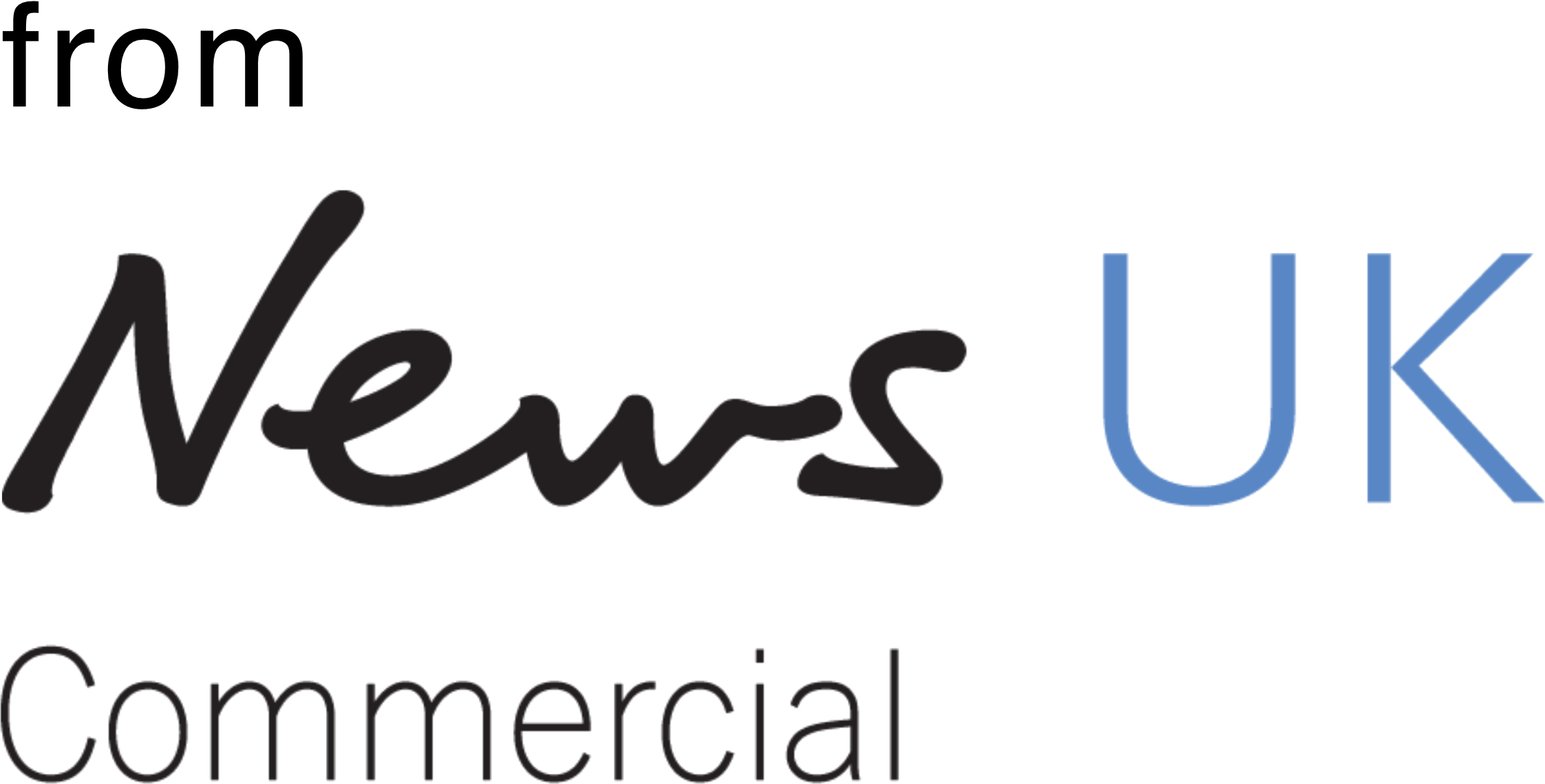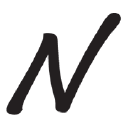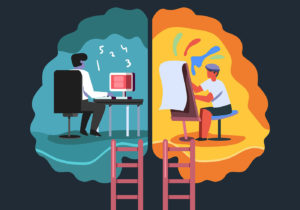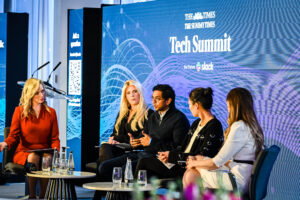From an advertising perspective, brand salience (standing out from the rest) has long been a contributory factor to brand health.
But what is "salience"?
The Oxford English Dictionary defines salience as “most noticeable or important”. The concept is discussed in communication, semiotics, linguistics, sociology, psychology and political science.
A variety of factors can lead something to be “salient”. Generally, those factors fall into three categories:
- Properties of the stimulus itself and how it is perceived.
- How the stimulus fits with its context.
- The internal cognitive state of the observer.
For my agency development team at News UK, these three elements have been key elements to our approach.
Find what sticks
In neuroscience, the “salience network” is a collection of regions of the brain that select which stimuli are deserving of our attention. Analysis of this area of neuroscience provides interesting discussions on how the relative salience - importance or prominence - of each of these inputs determines which ones we choose to focus on for more in-depth processing.
From a psychological perspective, “salience” is a term widely used in the study of perception and cognition, to refer to any aspect of a stimulus that, for any of many reasons, stands out from the rest.
This is some of the thinking that underpins why my team ran a series of presentations entitled “The Salience Series” at media agencies in London during 2021.
Generate contextual novelty
Why salience? At the onset and peak of the pandemic, some brands went quiet, some chose their tone of voice carefully, and some made errors. However, the importance of maintaining relevance was thrown into sharp focus.
To that end, the agency development team appealed to planners’ salience bias, in an attempt to be front-of-mind.
One of our tactics was to stage elements of “contextual novelty” in agency foyers, augmenting the business presentations, and hopefully grabbing media planners’ attention.
Why? Because studies support the hypothesis that contextual novelty stimulates the reward system in your brain (Dolan et al 2010). If this can be associated with News UK products, it could have a positive influence when planning decisions are made.
The premise of this plan can be simply articulated:
- Customers can’t buy from a brand they don’t notice.
- Salience is the psychology of an experience you can’t ignore
Be the fly in the toilet
To explain salience bias further, one well-documented example springs to mind.
The operations team at Schiphol Airport in Amsterdam had a problem. No matter how many times a day the cleaning team made the rounds, the men’s urinals were always a mess. As many a mother, partner, and bathroom floor can attest, men often lack “urinary precision”. In public toilets, the mess caused by hundreds of misses can be unsanitary and expensive to clean.
Schiphol Airport solved their problem with a simple but brilliant solution. They placed an etching of a fly inside each urinal bowl.
These tiny engravings were incredibly effective. The “flies” reduced spillage by 80% and total cleaning costs by 8%. As Klaus Reichardt, a member of the team who invented the solution put it: “Guys are simple-minded and love to play with their urine stream, so you put something in the toilet bowl and they’ll aim at that. It could be anything. I’ve seen a golf flag, a bee, and a little tree. It just happens that at Schiphol it’s a fly.”
Sometimes, standing out can happen even when you're standing up.



 News UK
News UK 






